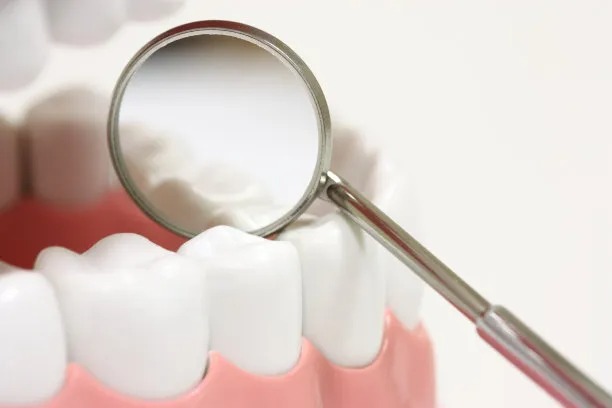Understanding the Process and Importance of Extracting a Tooth for Better Oral Health and Future Dental Care
Summary: Tooth extraction is often perceived as a daunting procedure; however, it plays an integral role in maintaining optimal oral health. This article delves into the process of tooth extraction, highlighting its necessity in certain dental situations, the physical and psychological aspects involved, post-extraction care to ensure a smooth recovery, and the importance of follow-up dental care. Understanding these facets of tooth extraction can empower patients to make informed decisions regarding their oral health, paving the way for better long-term outcomes in dental care.
1. The Necessity of Tooth Extraction

Tooth extraction is commonly required for various reasons, including severe decay, infections, and overcrowding. When tooth decay reaches the inner pulp, it may result in intense pain and can spread infection to neighboring teeth. In such cases, removing the affected tooth is essential to preserve overall oral health.
Another situation that necessitates extraction is overcrowding, often seen in individuals who need braces. By extracting certain teeth, the dentist creates sufficient space for the remaining teeth to align correctly, ensuring a healthier bite and more aesthetically pleasing smile.
Lastly, impacted wisdom teeth are a frequent cause for extraction. These sometimes problematic teeth can become trapped beneath the gums, leading to pain, infections, and even misalignment of surrounding teeth. Thus, their removal is often advisable for long-term oral health.
2. Understanding the Extraction Process
The tooth extraction procedure typically begins with a comprehensive dental examination, where the dentist assesses the condition of the tooth and surrounding gum tissue. X-rays may be utilized to provide a detailed view of the tooths position and the structure of the jawbone.
Once its determined that extraction is the best course of action, the dentist will administer a local anesthetic to numb the area around the tooth. This is done to ensure the patient experiences minimal discomfort. In cases where the tooth is impacted, sedation may also be employed for enhanced relaxation.
The actual extraction process involves loosening the tooth from its socket using specialized tools and carefully removing it. After the extraction is complete, the dentist will provide instructions on how to manage post-operative symptoms, such as pain and swelling.
3. Post-Extraction Care for Recovery
Post-operative care is crucial for a smooth recovery following a tooth extraction. Immediately after the extraction, it’s important for patients to bite gently on a gauze pad to help stop any bleeding. Keeping the gauze in place for a few hours is recommended, replacing it as necessary.
Additionally, patients may experience mild to moderate pain and swelling. The dentist typically prescribes pain medication or suggests over-the-counter solutions to alleviate discomfort effectively. Applying ice packs on the outside of the cheek can further help manage swelling in the initial recovery phase.
It is advisable to avoid strenuous activities and refrain from consuming hard or hot foods for a few days following the extraction, allowing the site to heal properly. Maintaining good oral hygiene is still important; however, care should be taken to avoid the extraction site when brushing to minimize irritation.
4. Importance of Future Dental Care
After a tooth extraction, the journey toward better oral health continues with diligent follow-up care. Regular dental visits are essential, as they allow the dentist to monitor the healing process and ensure there are no complications, such as infection or dry socket.
In addition to routine check-ups, it is vital for patients to adhere to any additional recommendations from their dentist, such as orthodontic treatment if applicable. Proper dental hygiene, including brushing and flossing, remains fundamental in preventing further dental issues.
Lastly, the experience of tooth extraction often serves as a valuable lesson in the importance of taking care of one’s teeth. It underscores the significance of preventive care and the need to address dental problems early before they necessitate more invasive procedures.
Summary:
This article has provided insight into the complex yet crucial process of tooth extraction. By understanding its necessity, the extraction process, the importance of post-operative care, and follow-up dental visits, patients can better navigate their oral health journey. Knowledge empowers individuals to make informed decisions and embrace proactive dental care for lasting well-being.
This article is compiled by Vickong Dental and the content is for reference only



